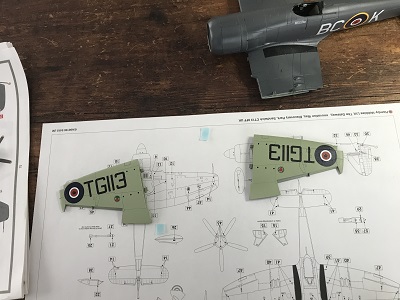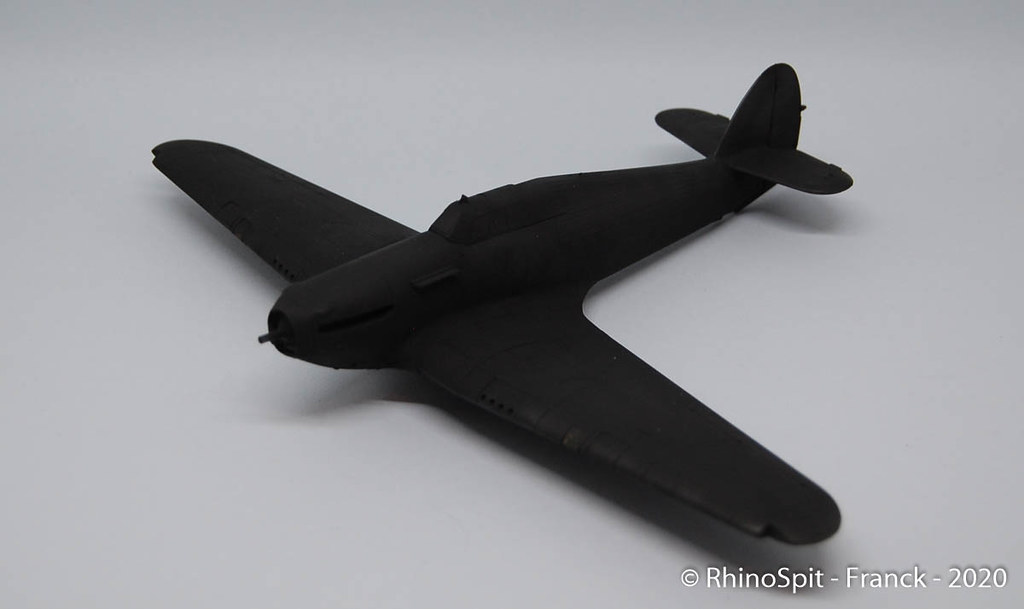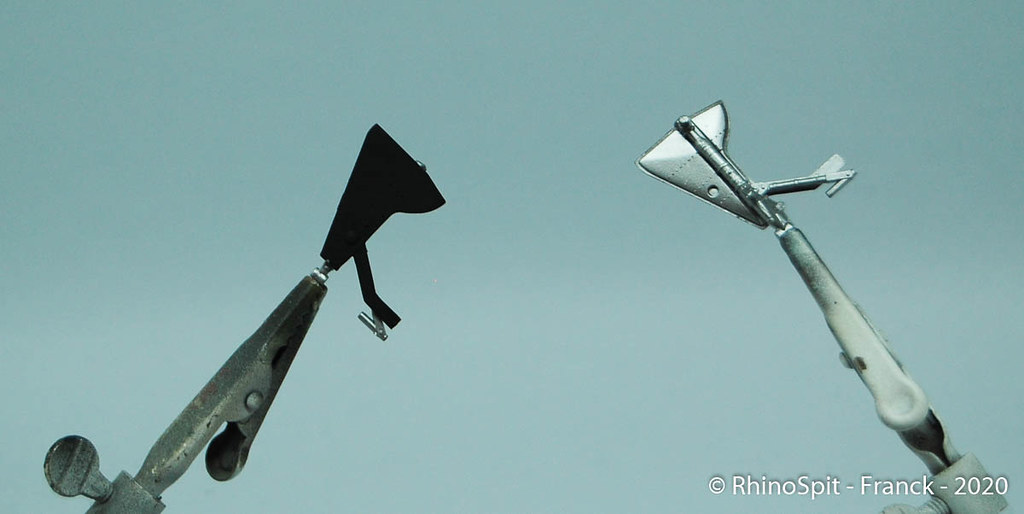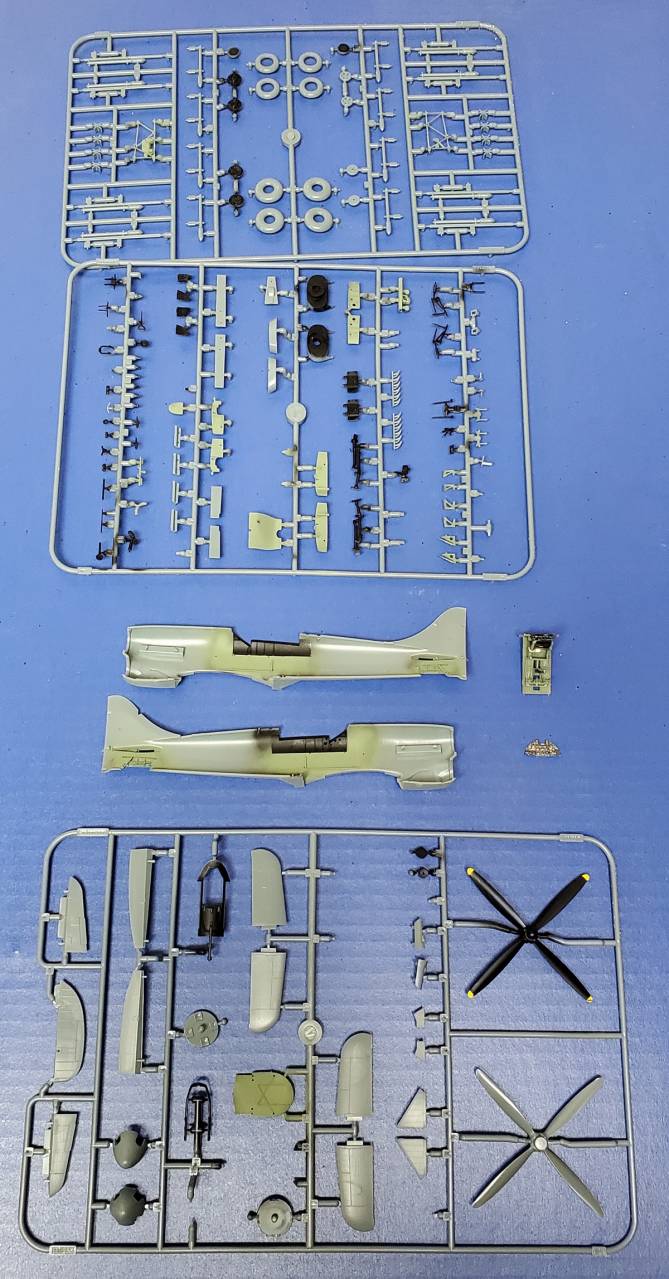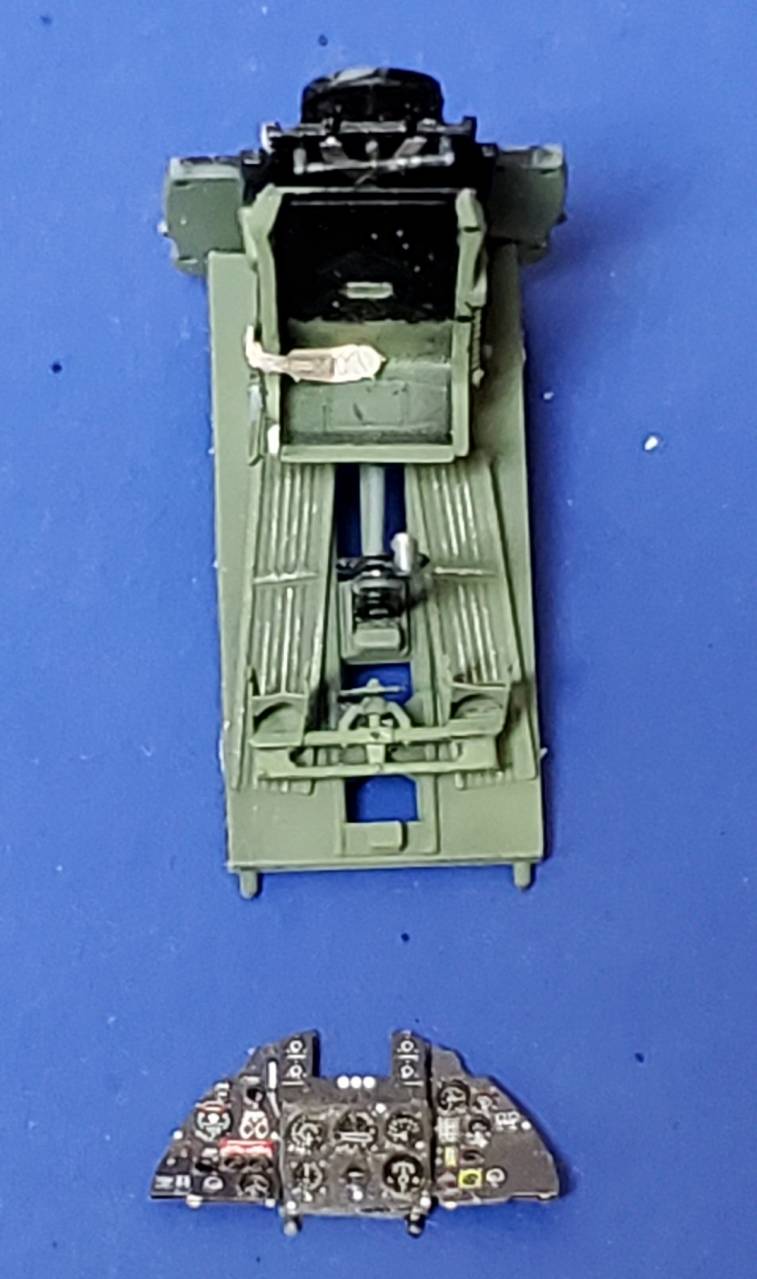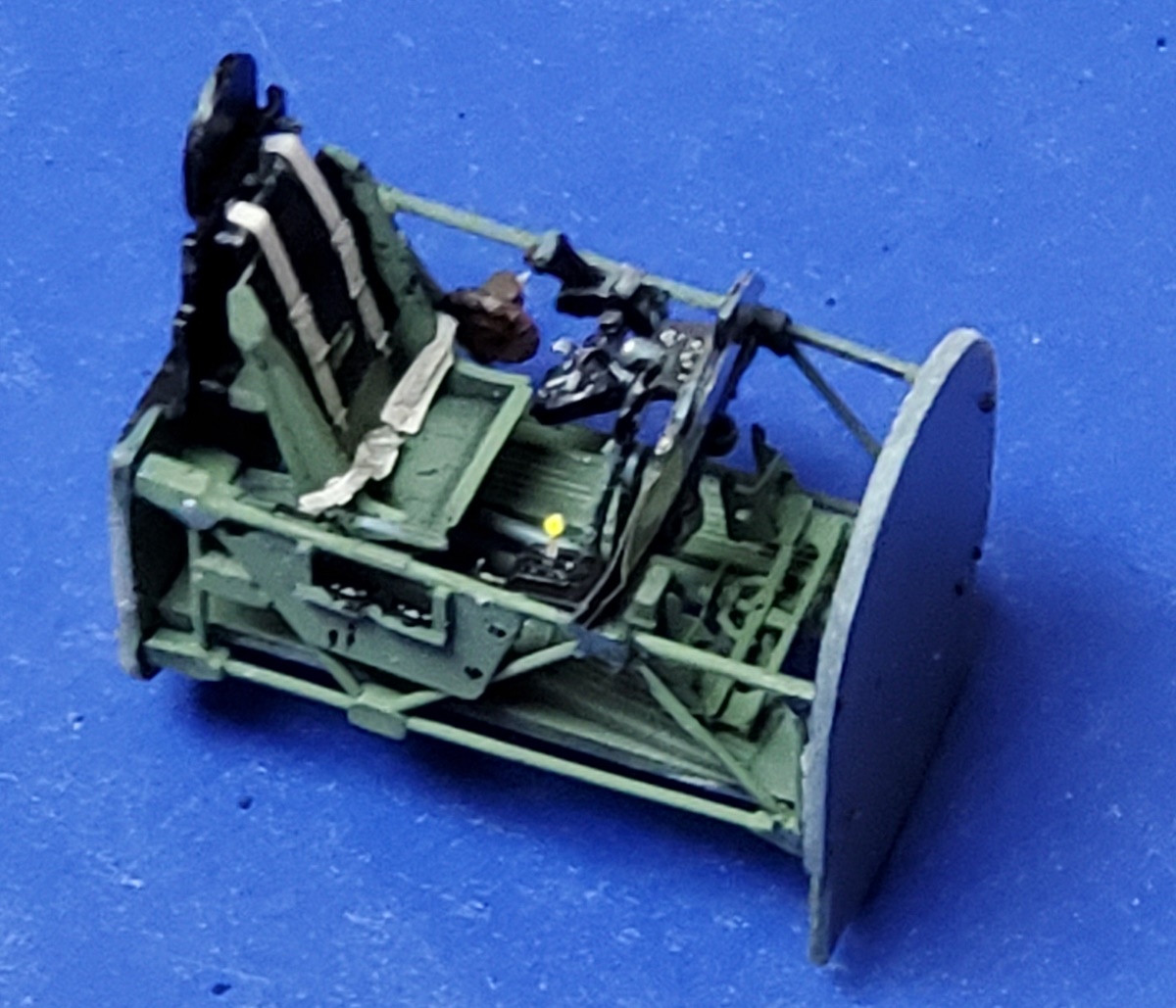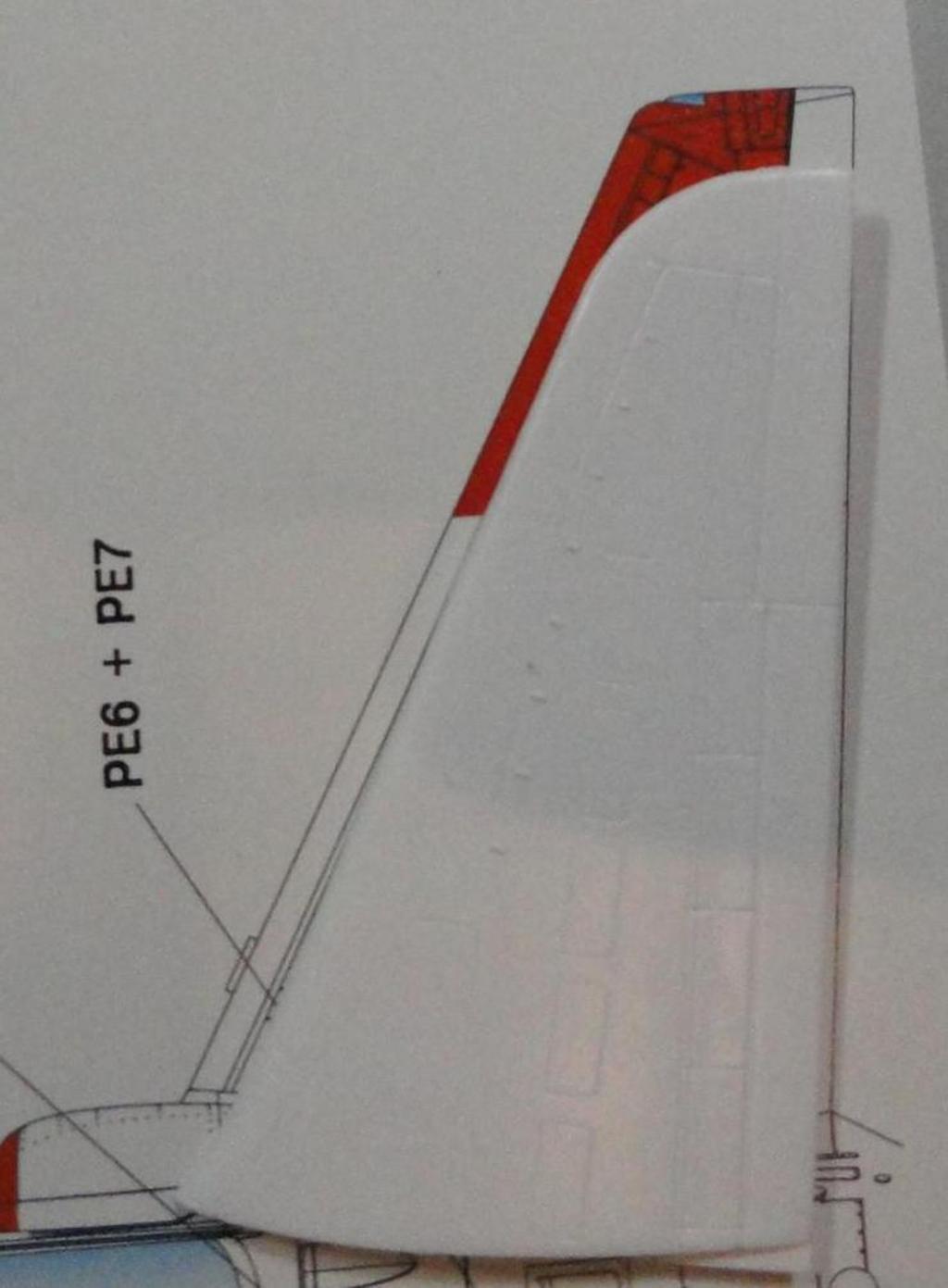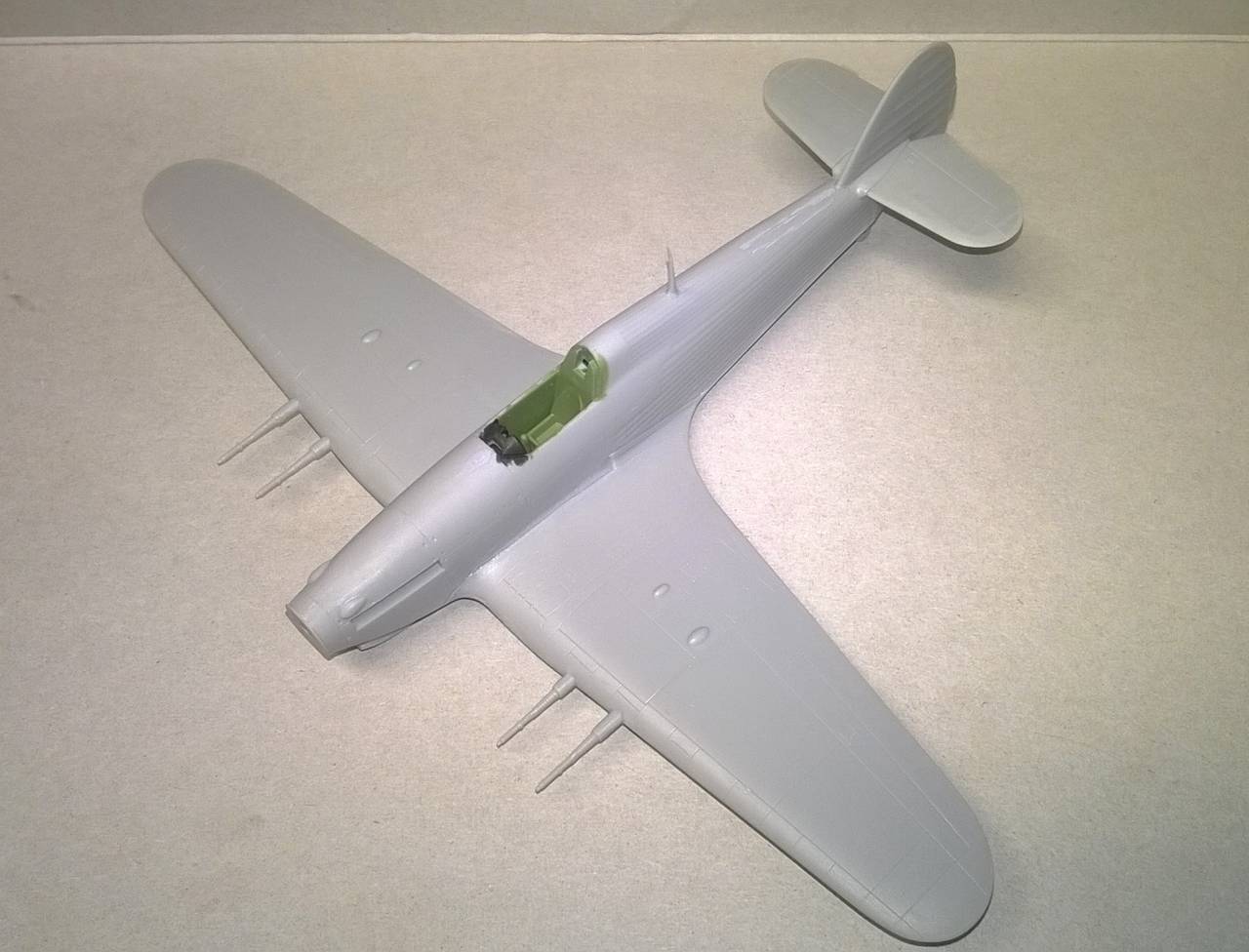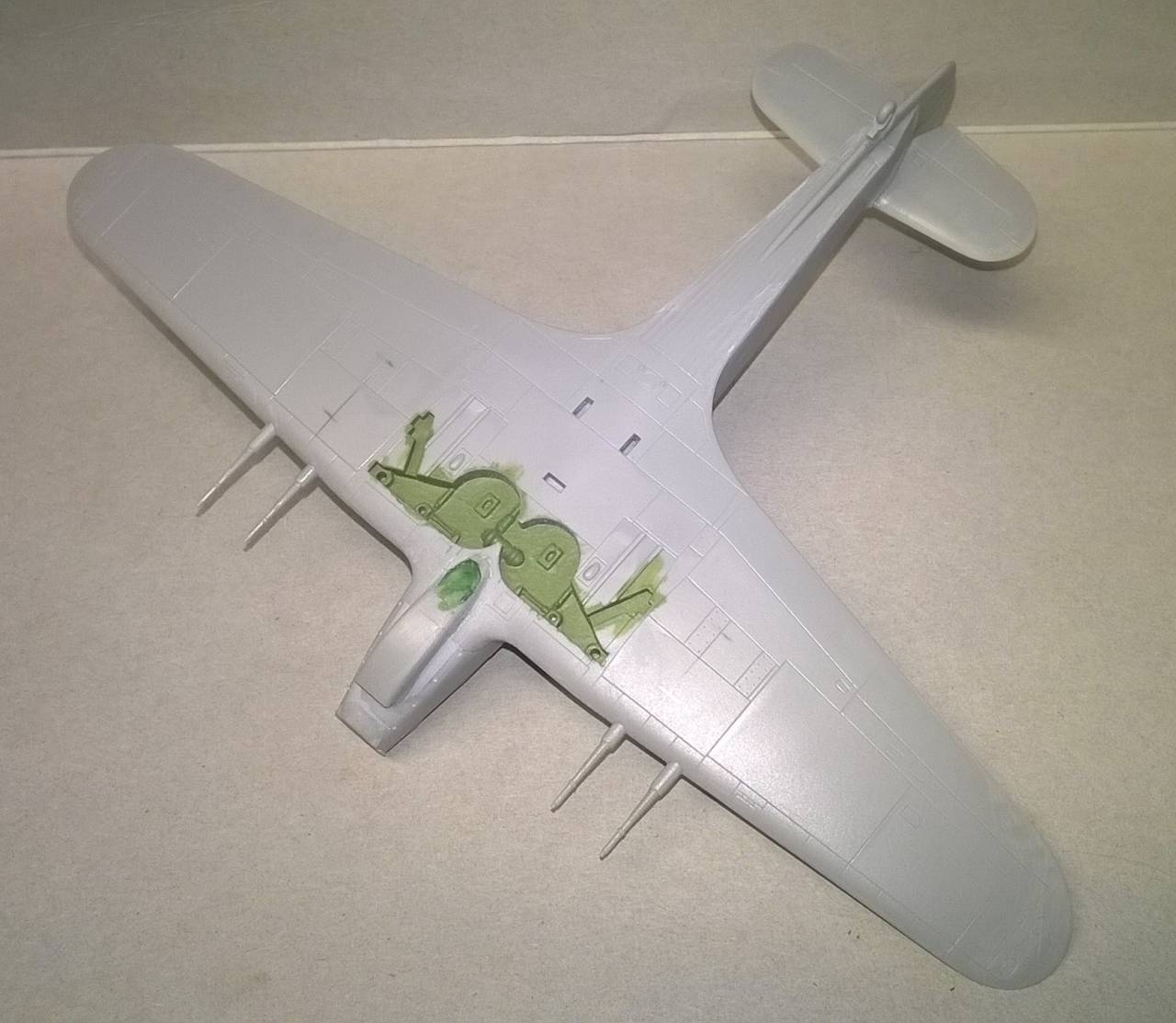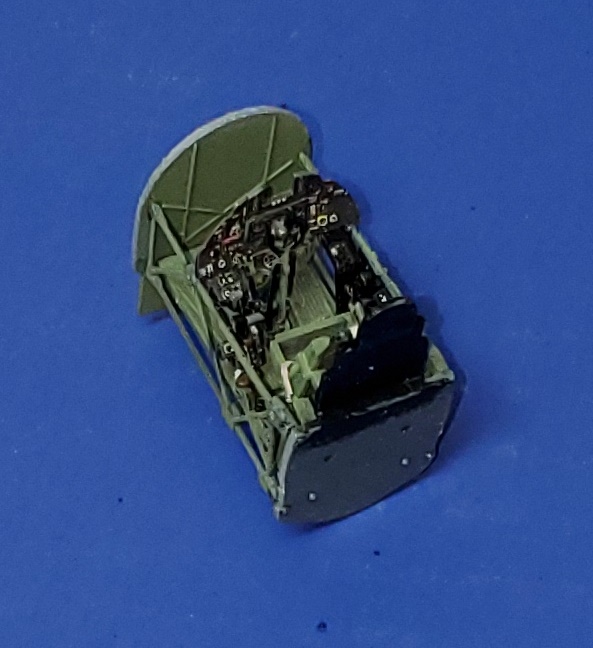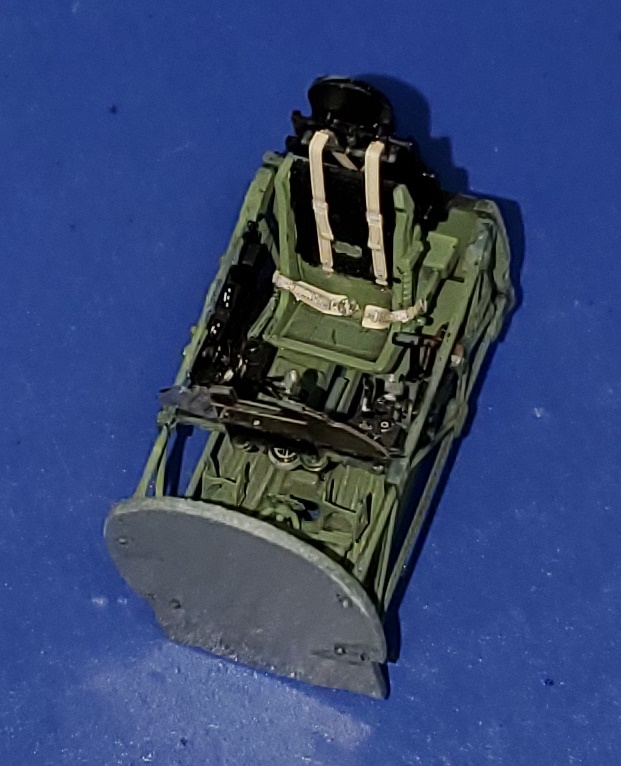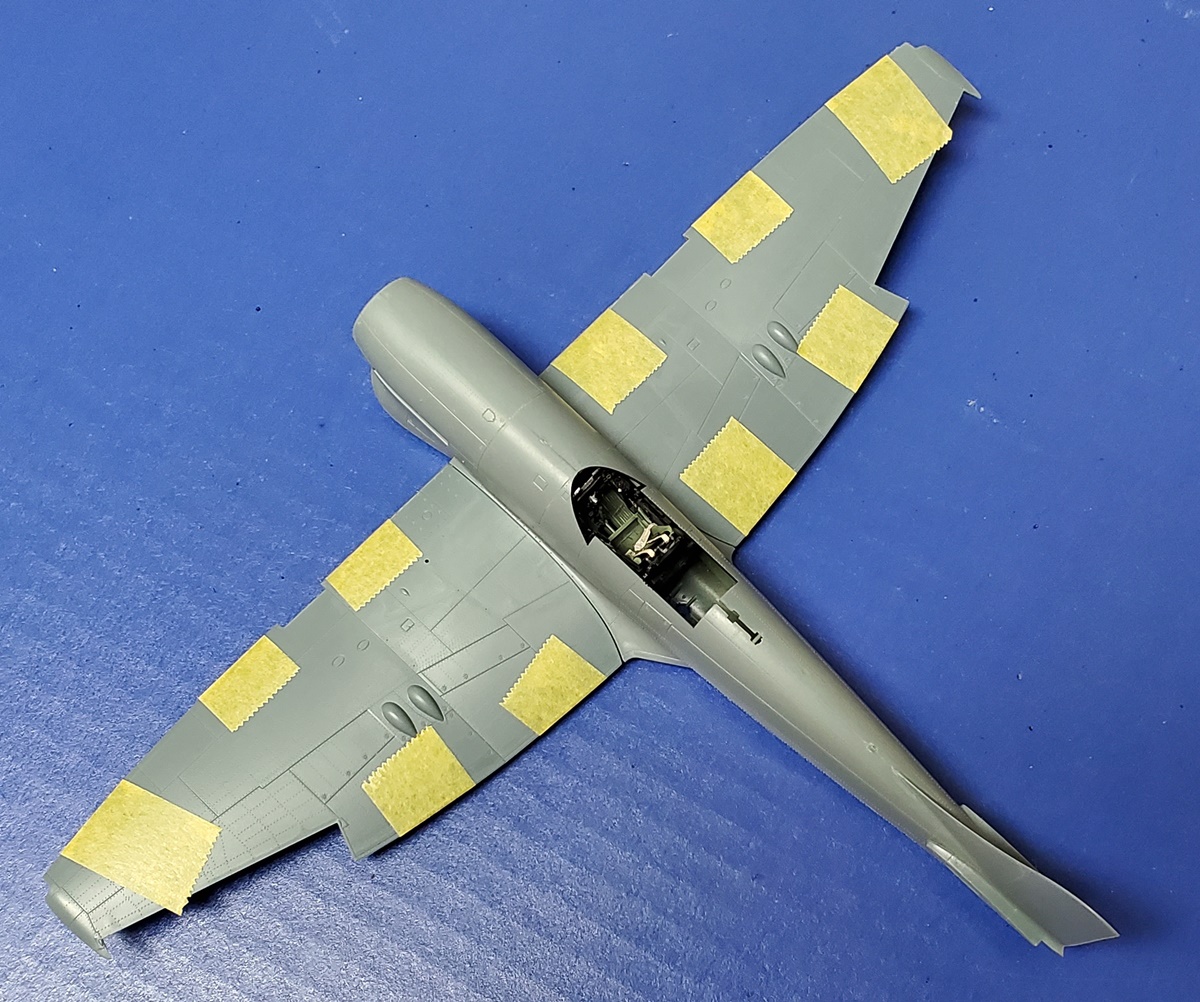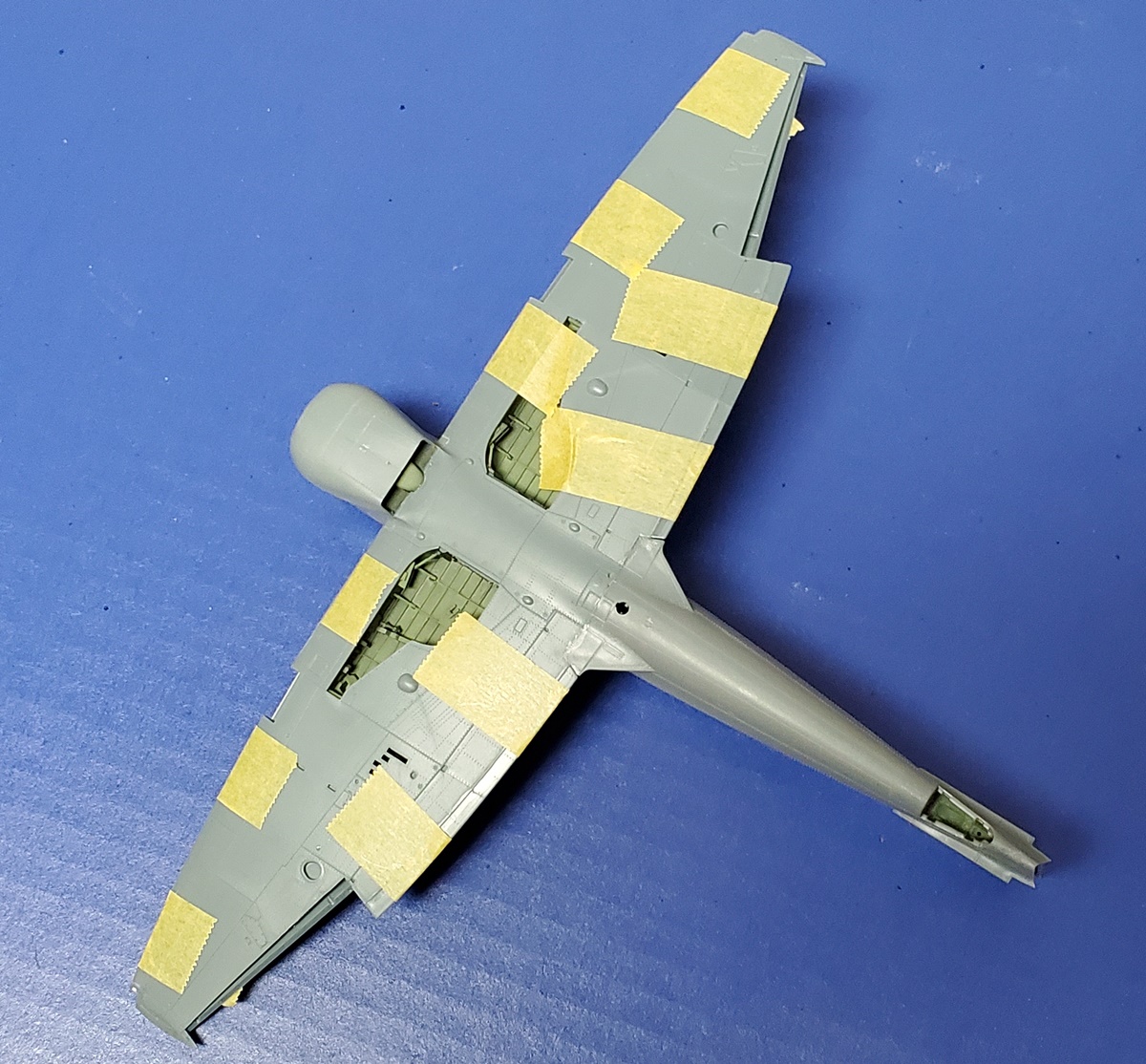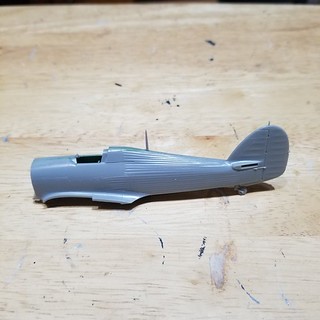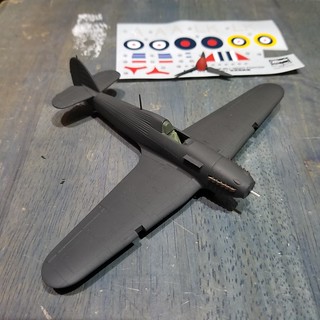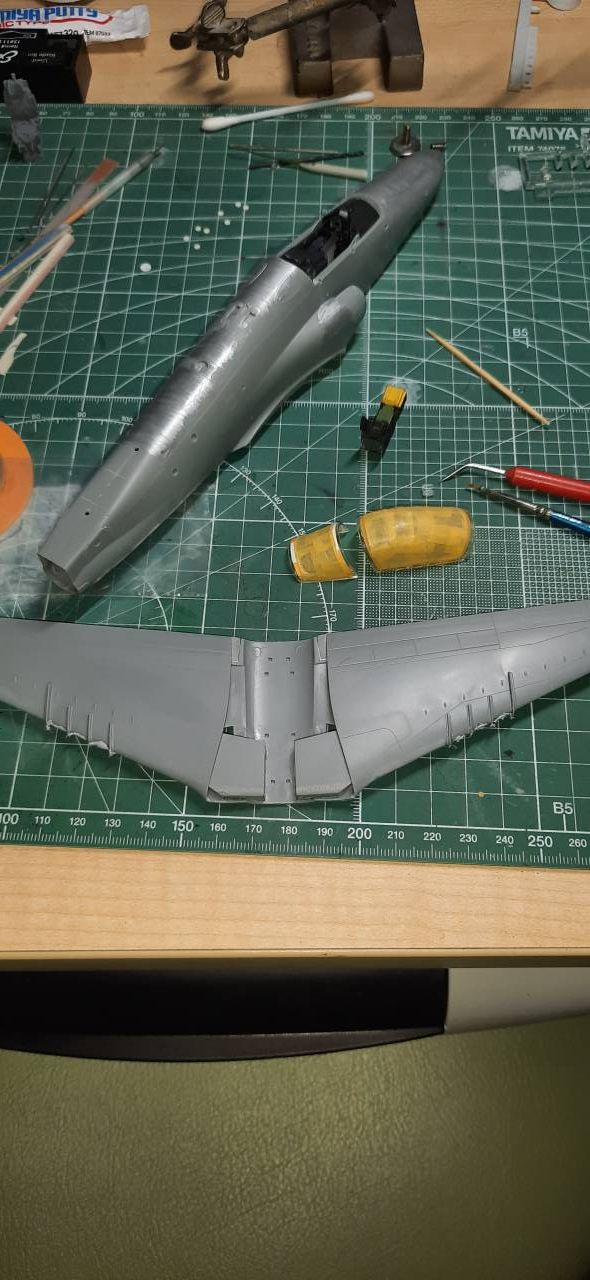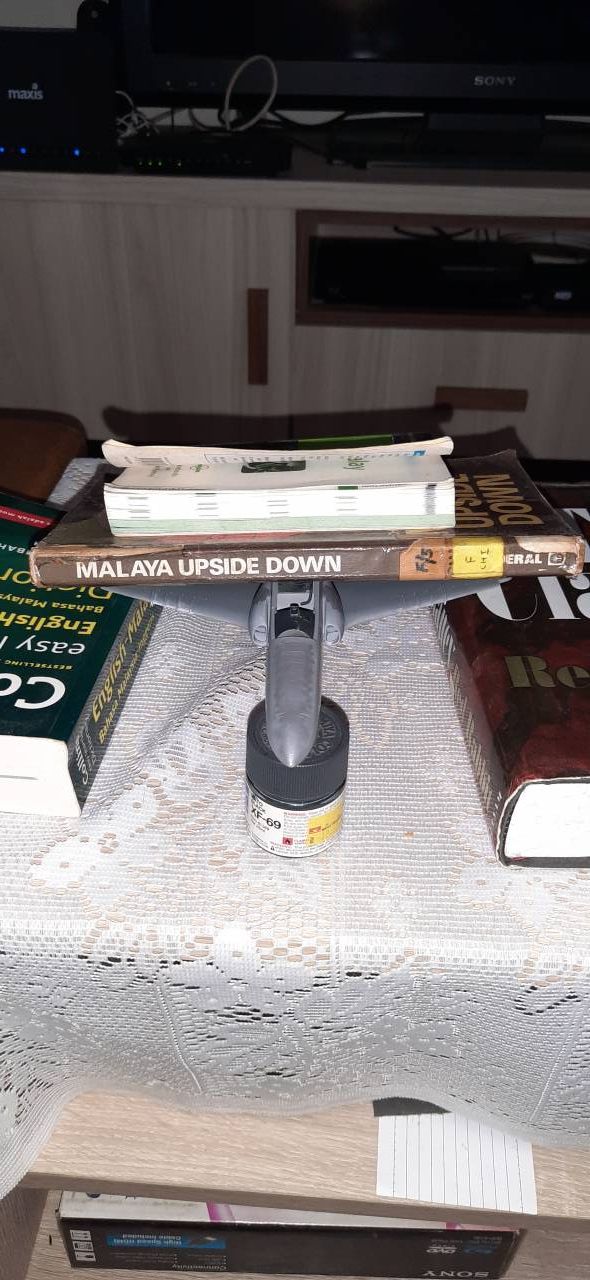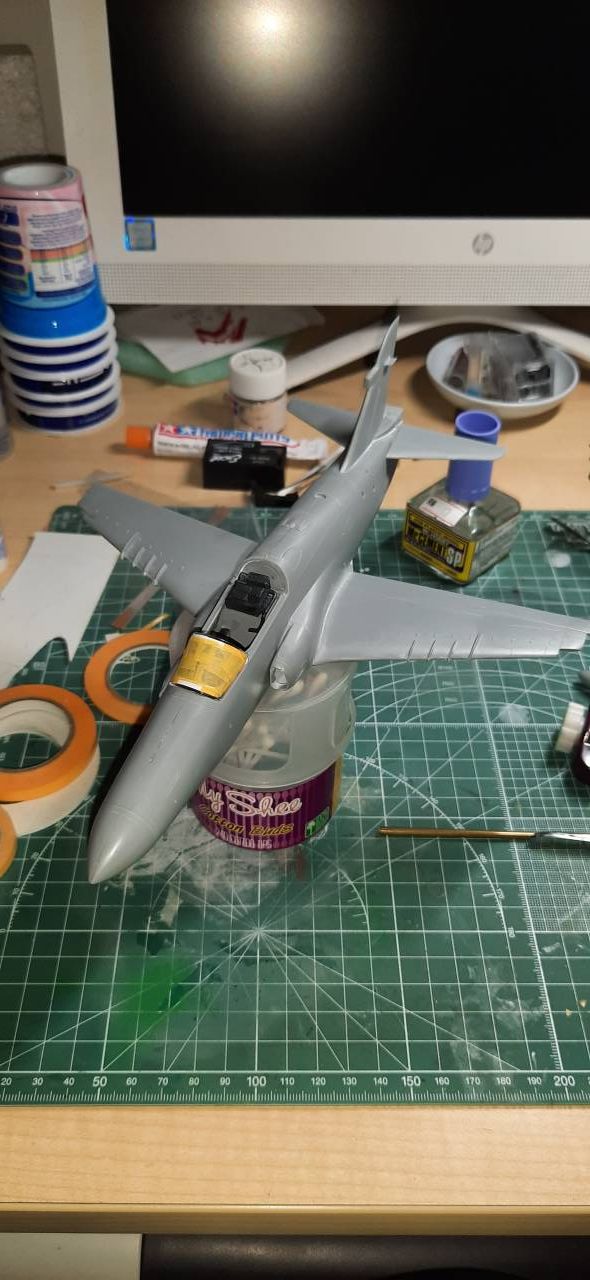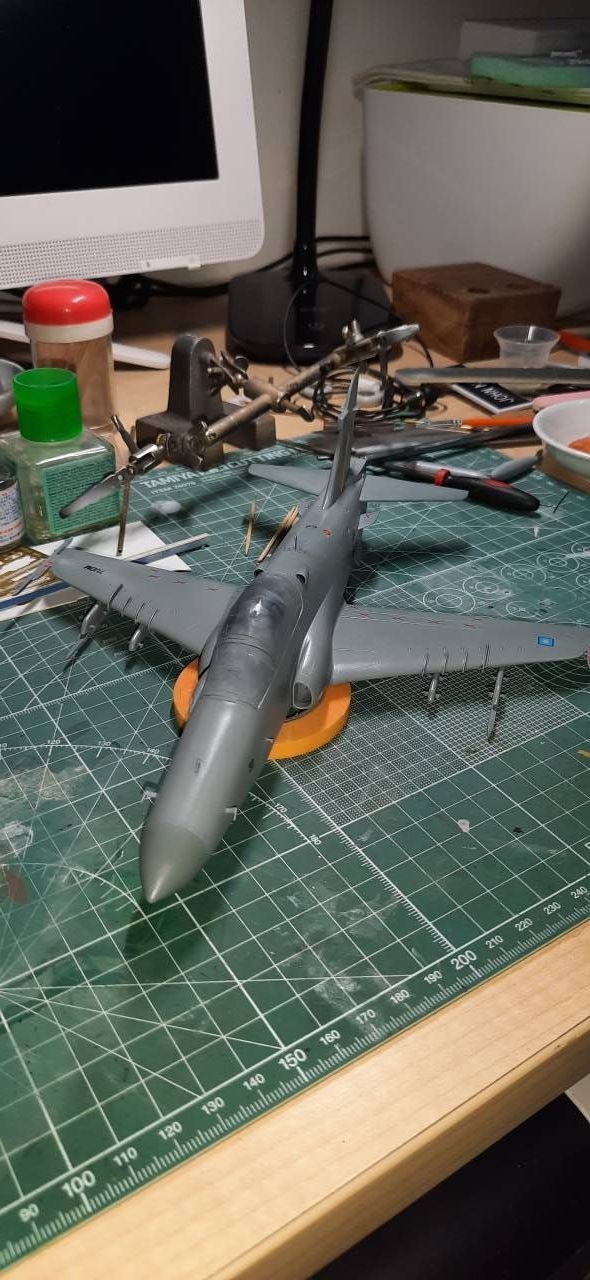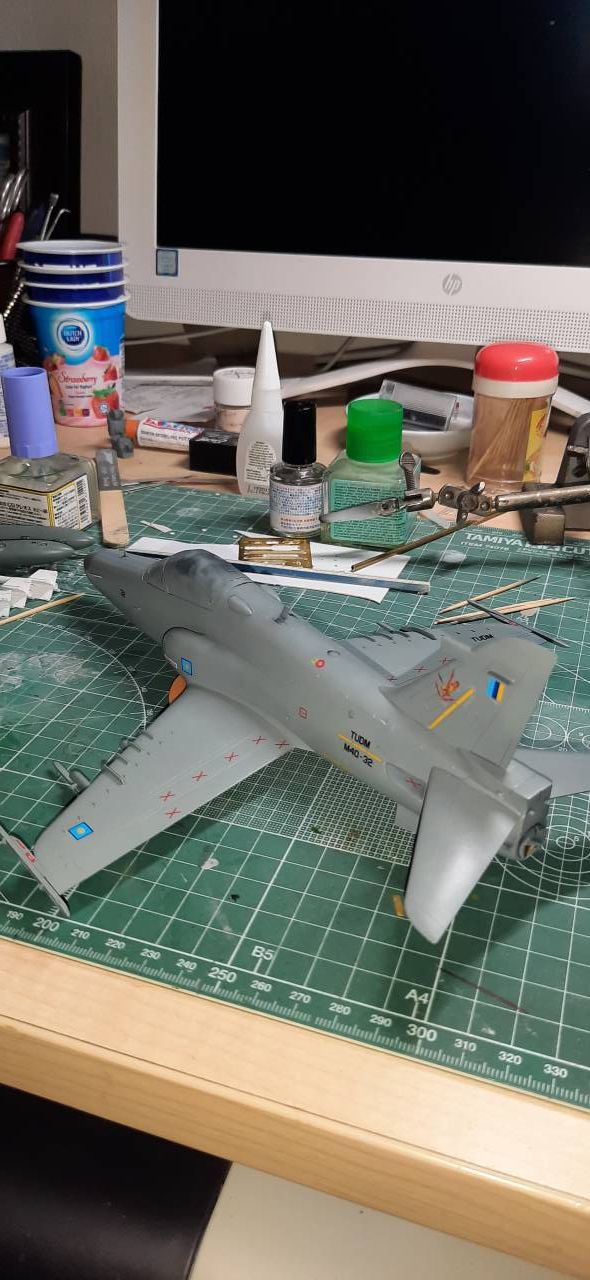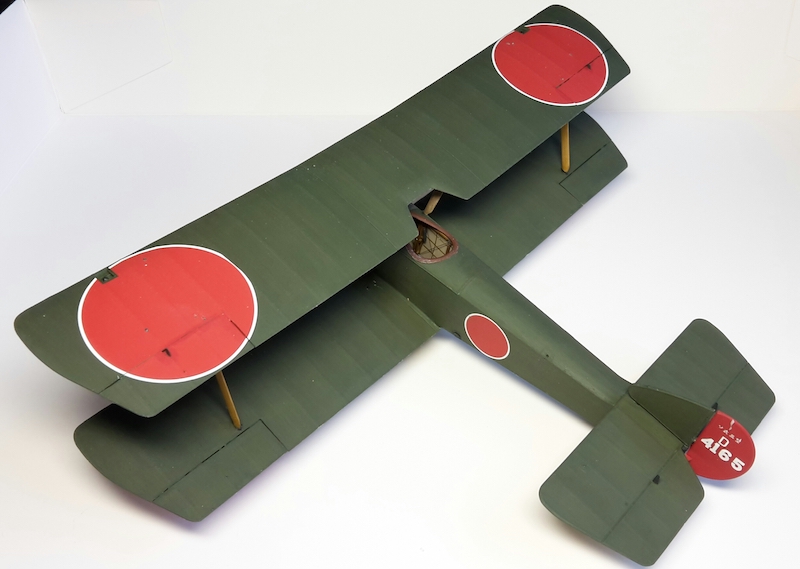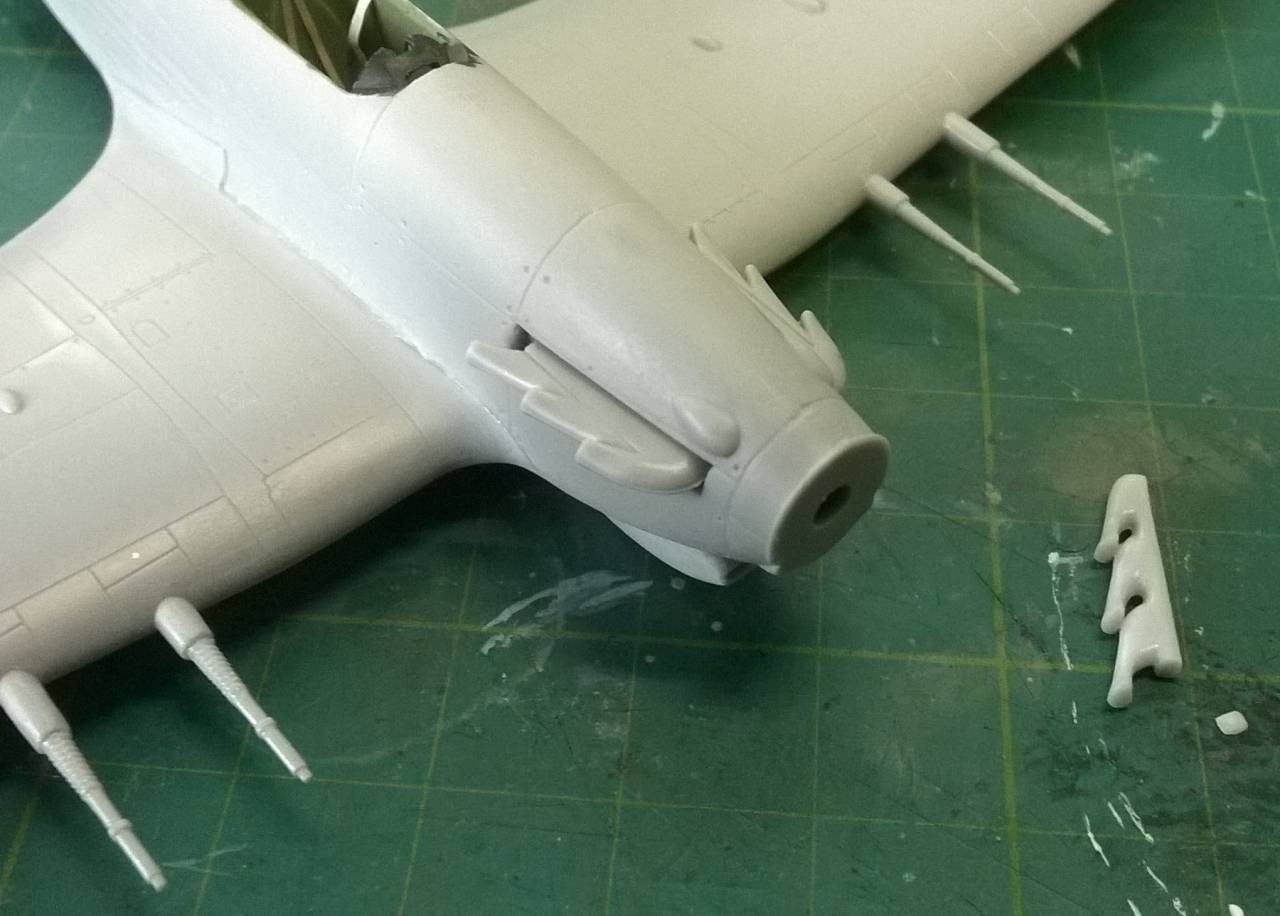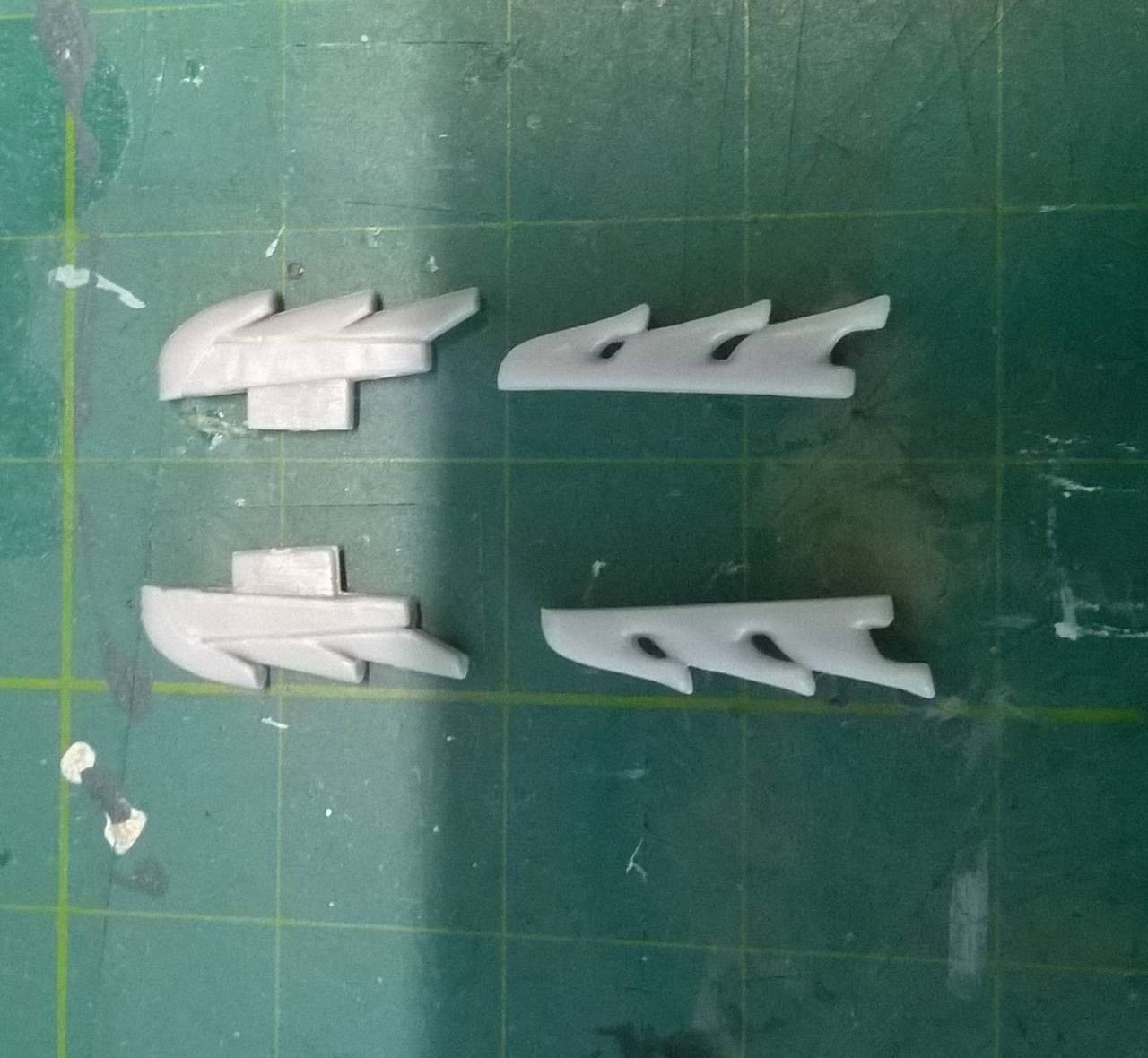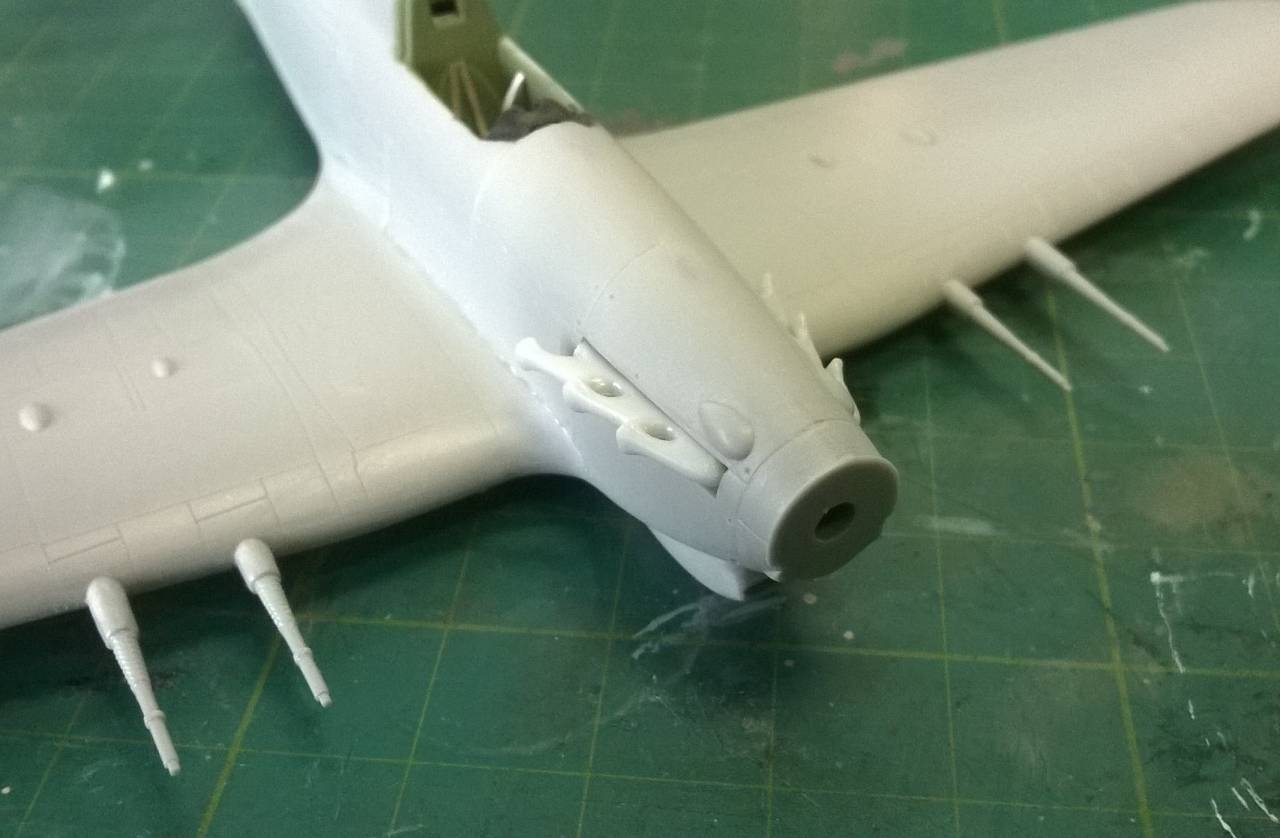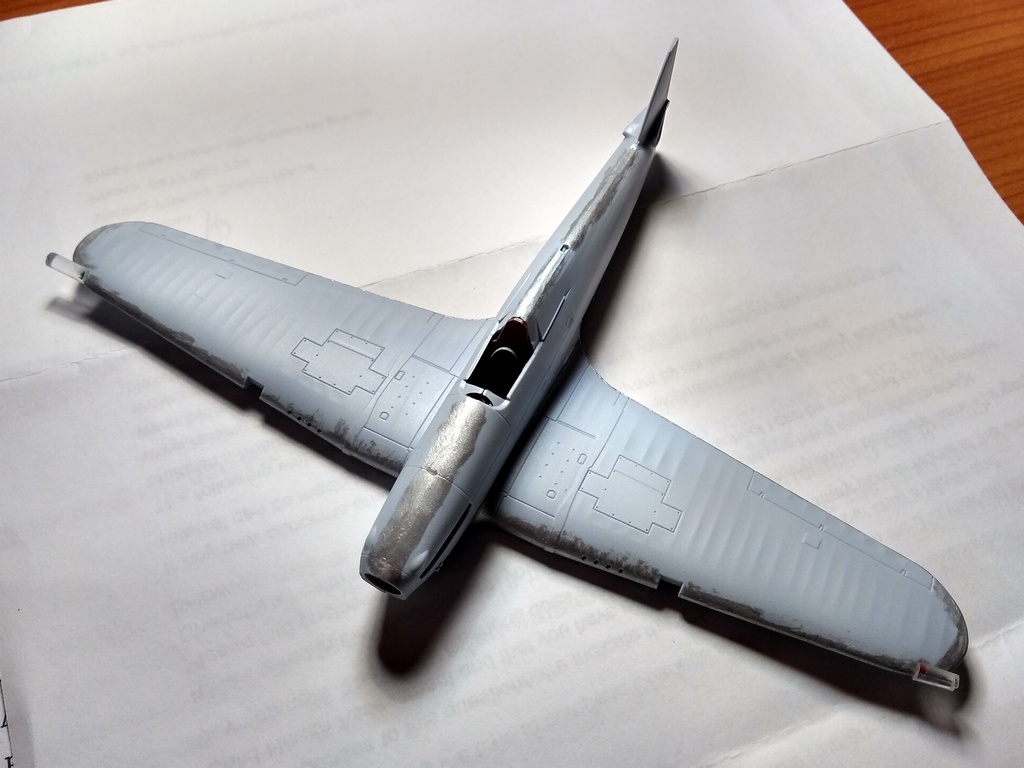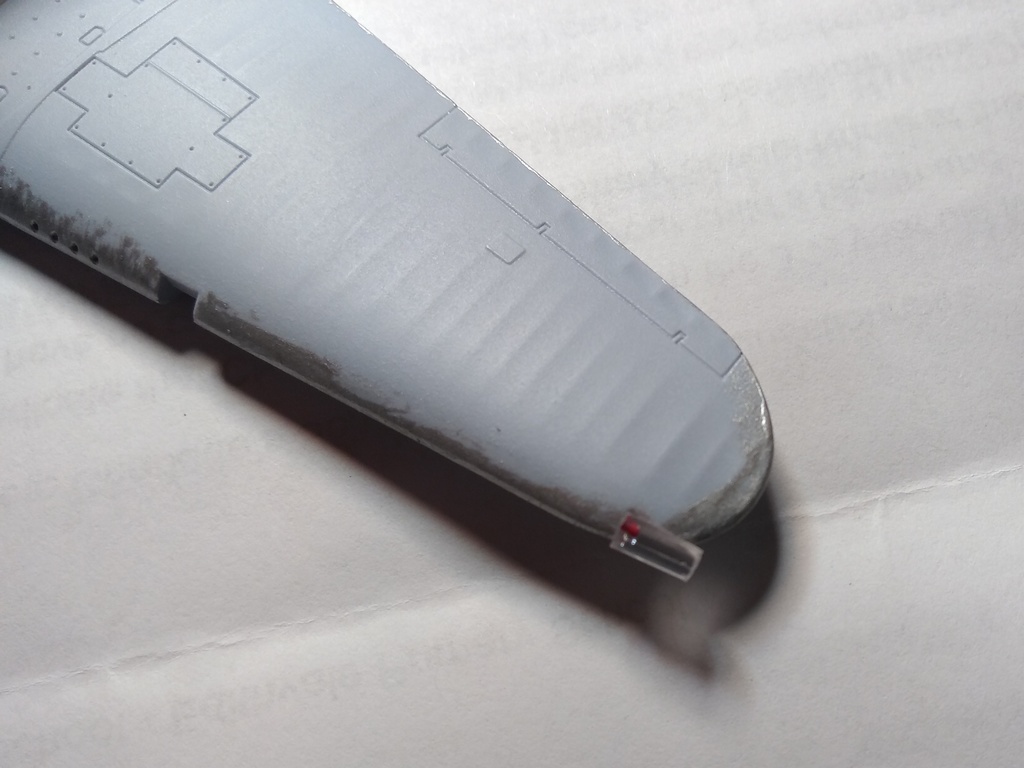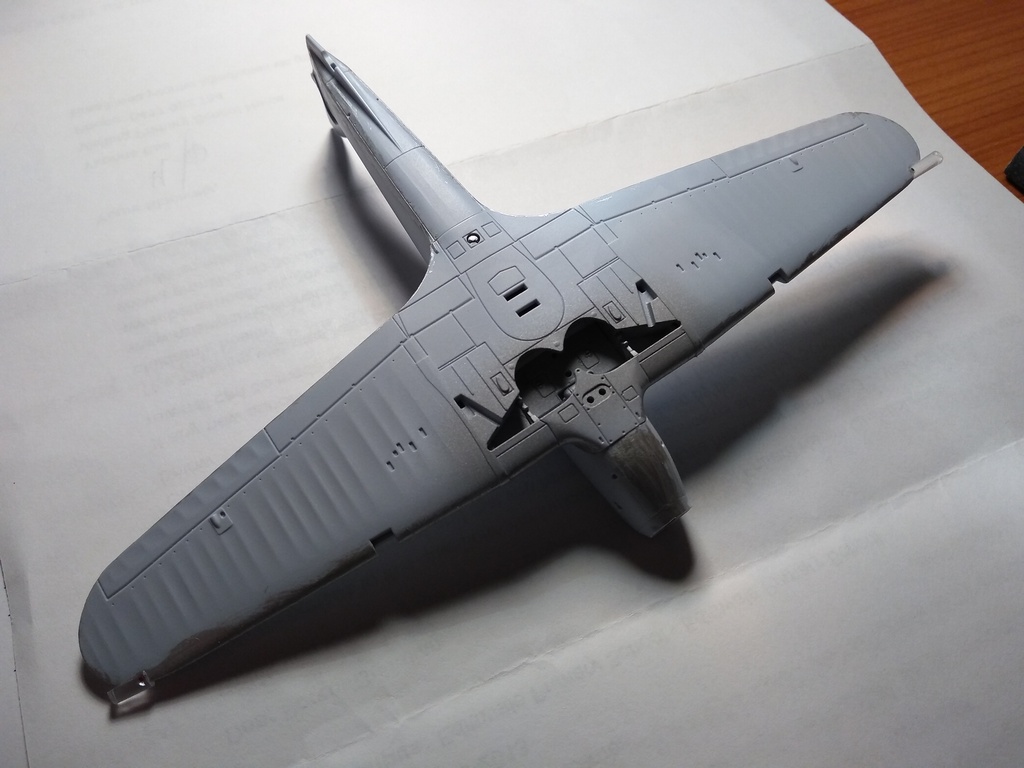I've made a bit of progress. I built the Mk.IID by Fly a year or so ago and have decided to approach this one a bit differently:
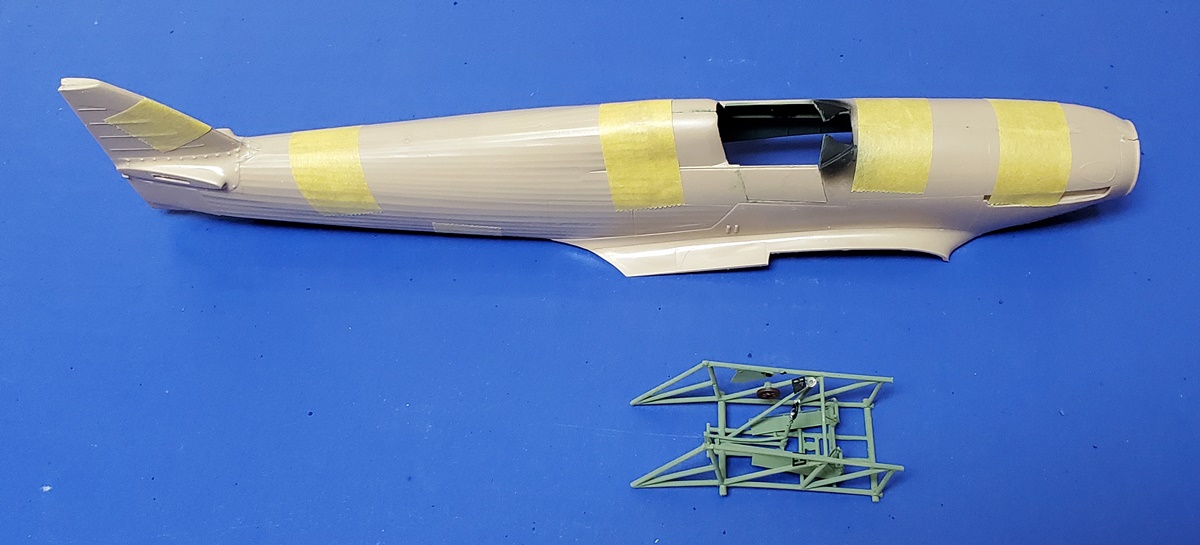
I'll install the panel, cockpit, etc. from below. And yes, I know, that oil collector ring has to go. Here's the basic cockpit without the seat and instrument panel:
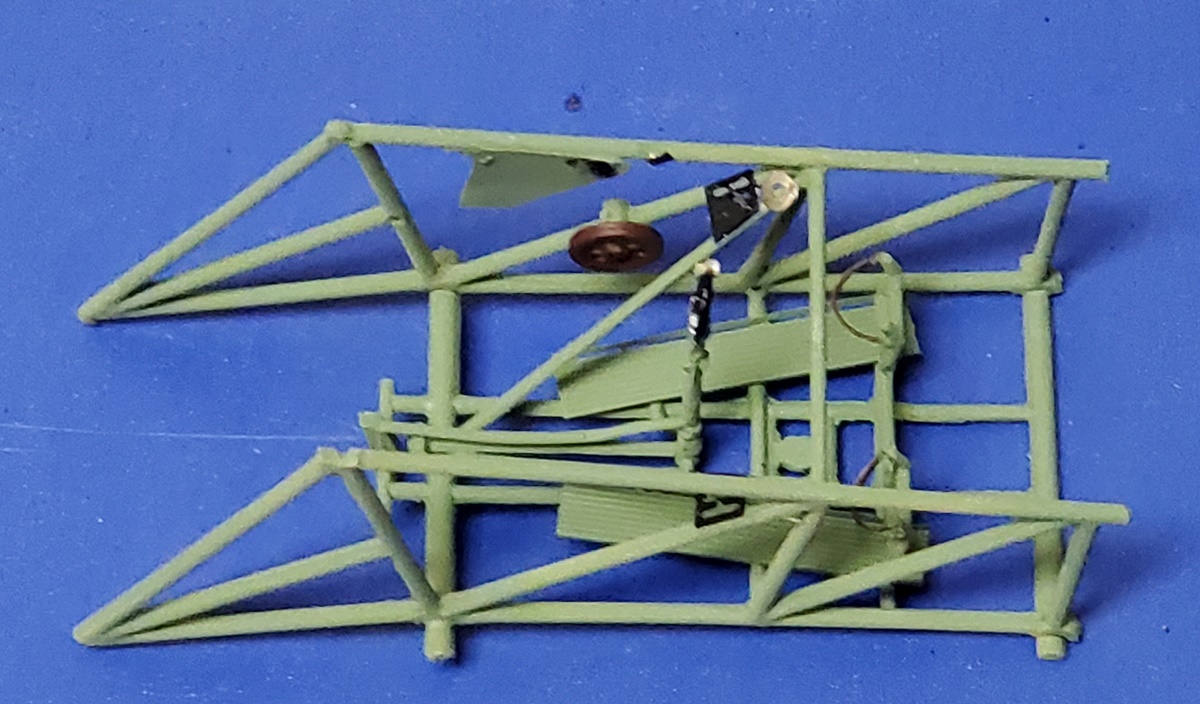
It is indeed pretty basic. There are some photo etch details but they're small and thin and thus hard to install.
One thing I was interested in was whether this fuselage was correctly shorter than the Mk.II fuselages. It is, by about 7mm. While I had things out, I also compared it to the Pacific Coast Mk.I fuselage:
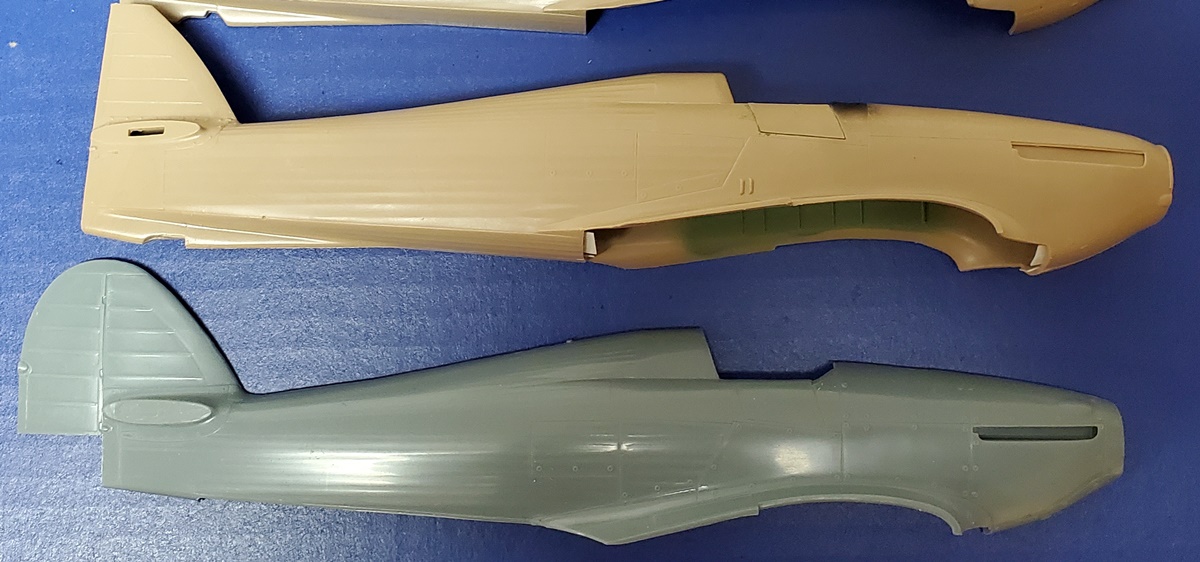
Kingston, we have a problem! The Fly fuselage is significantly longer. I did a bit of comparison with plans in the SAM Modellers Datafile and AeroDetail 2 on the Hurricane and came up with some interesting findings.
The Fly Mk.I fuselage is 260 mm from rudder post to nose. The PCM fuselage is 255 mm.
AeroDetail's measure from post to nose is 253.5 mm. SAM's is 258.
When I did some online searches the most often quoted overall length is 9.58 meters. AeroDetail measures out at 9.31 meters overall and SAM at 9.56 overall.
Bottom line, SAM's plans seem more accurate for fuselage length and Fly is much closer to SAM's plans than PCM. So, while the PCM kit is more detailed that Fly's, the Fly kit is better on dimensions (at least length). And there are more variants and they're still available.
I don't normally do this, but the significant difference caught me by surprise, so I checked it out. Your experience may vary!;)
Michael














